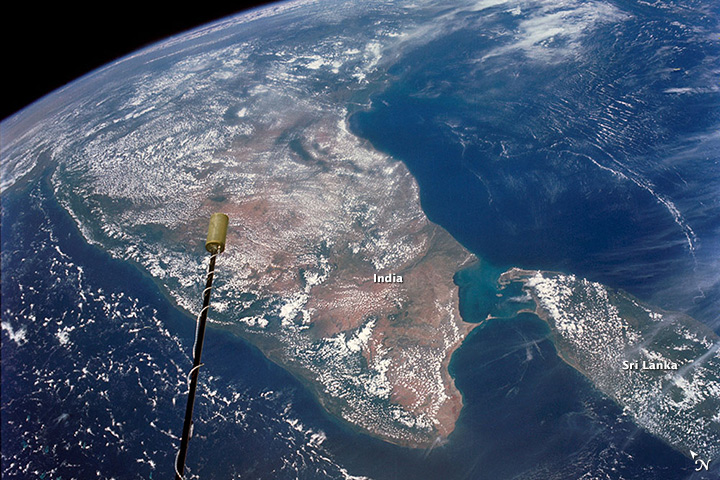UT alumna Katie Alber is no longer startled awake by donkeys braying or goats banging on the door of her host family’s metal-roofed home in the small West African country of Gambia, where she is serving as a health extension volunteer for two years.
“I have brewed attayah (tea) in the bush, eaten a rat the size of a cat (it tasted like pork), and grown good enough at Mandinka to use sarcasm successfully,” Alber posted on Facebook.

UT alumna Katie Alber is a health extension volunteer through the Peace Corps in the West African country of Gambia.
Alber has access to the Internet once every few weeks. On her blog, she wrote, “I am loving every second! It is a great and humbling challenge, which I hope will bring meaning and enlightenment.”The 2012 graduate is one of more than 200 UT alumni who have served in the Peace Corps since 1961 when the agency was formed under President John F. Kennedy.
UT is seeing a renewed surge in passion to be a part of the Peace Corps.
Fourteen graduates and soon-to-be graduates of The University of Toledo submitted applications to the Peace Corps in 2015. That is more than double the previous year.
In 2014, six UT college seniors and alumni applied and four — including Alber — embarked on the journey of immersing themselves in another culture with a combination of international experience and rewarding work in education, health and the environment.
“For four consecutive years, we have seen growth,” Sammy Spann, assistant provost in UT’s Center for International Studies and Programs, said. “Seniors and graduates are delaying or taking a breather from their careers to join the Peace Corps and define themselves. Momentum is picking up because this generation is seeing more turmoil. They are interested in spreading compassion and empathy, as well as getting more real-world, life-changing experiences.”
A Peace Corps representative will be on Main Campus Thursday, Feb. 18, from 3 to 3:30 p.m. in Snyder Memorial Building Room 1100 for students interested in learning more about this global service.
“Just because you’ve earned your degree doesn’t mean you stop pushing the edge of your comfort zone and global understanding through The University of Toledo,” Spann said. “We have made a strong effort to encourage students to consider joining the Peace Corps to improve the human condition, as well as help them gain leadership skills to attract the attention of employers, including the State Department.”
Far from home, Alber works in West Africa to educate families about nutrition and hygiene, to raise awareness about malaria, and to help improve water systems and sanitation practices.
“It may have been a long day of clinic work and 40k+ of biking, but there’s always time to stop and enjoy an African sunset,” Alber wrote on Instagram.
Alber is one of 350 new Peace Corps volunteers from across the United States sworn into service in December after three months of cultural, language and technical training.
Peace Corps volunteers receive paid living expenses, full health and dental coverage, vacation days, and more than $8,000 upon completion of service.
For more information about applying for the Peace Corps, go to utoledo.edu/cisp/peacecorp.






